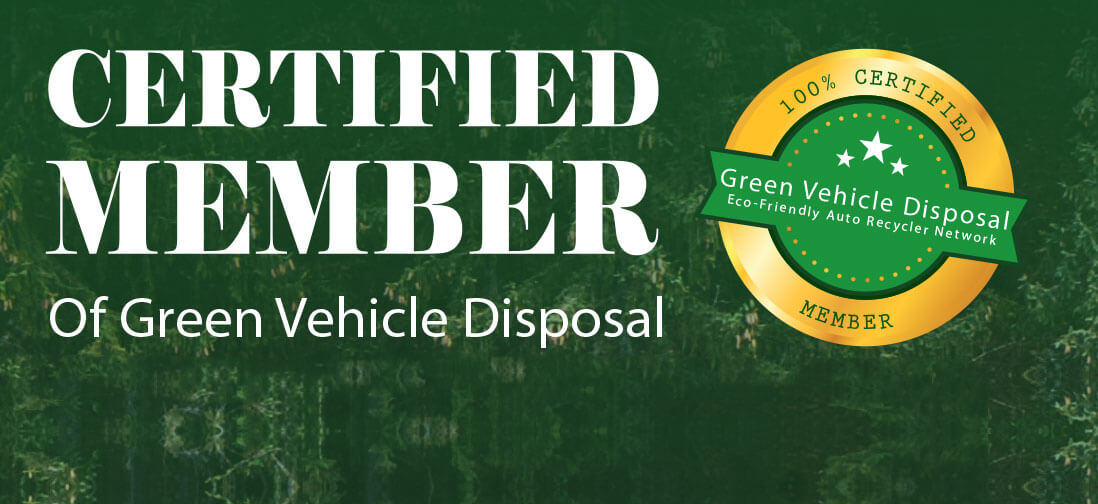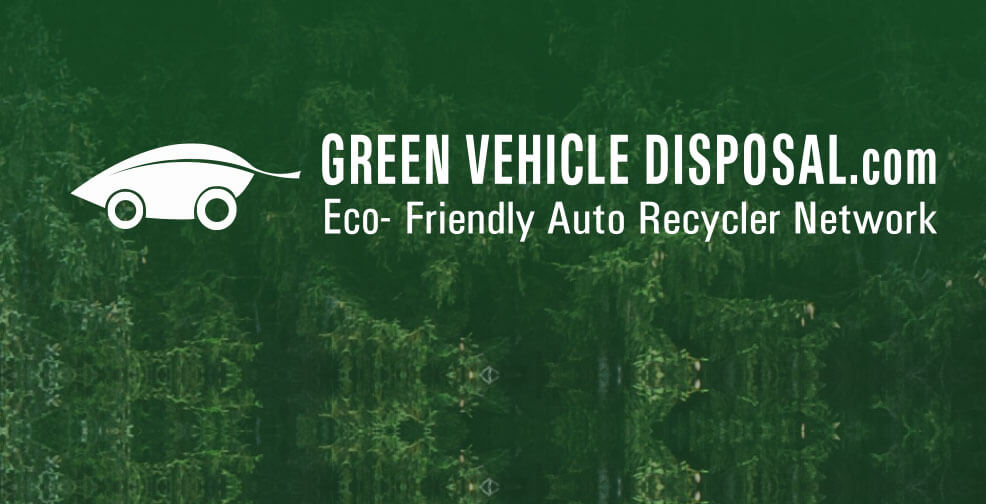Looking for some big strides in eco-friendly cars, Daimler will decide before April on a partner to help it build the emissions-free engines it needs to reach its goal of becoming the industry’s greenest automaker. “This quarter we will decide on whom we will cooperate with,” Herbert Kohler, head of e-drive and future mobility at Daimler, told Automotive News Europe.
“It has to be a supplier with production competence. As we already have the technical concept for an electric motor that we developed in 2005 for our concept F600,” the executive said without providing any hints on which companies are in the running for the work.
Daimler wants to keep in-house its expertise on batteries — such as their lifespan and storage capacity — and its know-how on electric motors.
“Propulsion systems are our core competence — this won’t change in the era of electric vehicles,” said Kohler, who is also Daimler’s chief environmental officer.
The automaker already has a partnership with German chemicals and energy specialist Evonik Industries AG for the research, development and production of cells for lithium-ion batteries. In addition, Daimler gets the lithium ion batteries in the second-generation Smart ForTwo electric vehicle from U.S.-based EV maker Tesla Motors Inc., in which the German automaker has invested $50 million. Altogether, Daimler is spending billions on future powertrains.
“We have a leading position in the premium segment when it comes to alternative propulsion systems and we will defend it,” Kohler said. “Our r&d budget for 2011 will be about the same as 2010. Half of it will be invested in green technologies.”
Daimler invested about 4.2 billion euros in r&d last year. The automaker will see the fruits of its investments starting in 2012 with the arrival of its third-generation Smart ForTwo EV. Daimler has high expectations for its first mass-produced electric car. “We want to sell a five-digit number of units per year on average – mostly in the U.S., Europe and in Japan,” Kohler said.
Daimler CEO Dieter Zetsche recently said the ForTwo EV’s unit-sales number would be about 10,000 a year. Daimler currently is running low-volume fleet trials of full-electric versions of the ForTwo minicar, Mercedes A-class entry-premium model and Mercedes Vito van.
Starting in April, Mercedes will begin delivery of a 500 A-class EVs to customers in Europe. Also, Mercedes aims to produce a total of 2,000 units of the Vito EV for seven European countries. Those models are just the beginning.
“In 2013, we will launch the SLS AMG as an electric vehicle,” Kohler said. “Then comes the Mercedes S-class plug-in-hybrid.” Company sources say the S-class plug-in hybrid will launch in 2014, a year after the gasoline and diesel versions of the flagship’s next generation debut.
When asked about the company’s hybrid strategy Kohler said that the S- and M-class hybrids will be joined by hybrid versions of the E- and C-class models. Company sources say the E- and C-class hybrids will roll out in the next two years.



